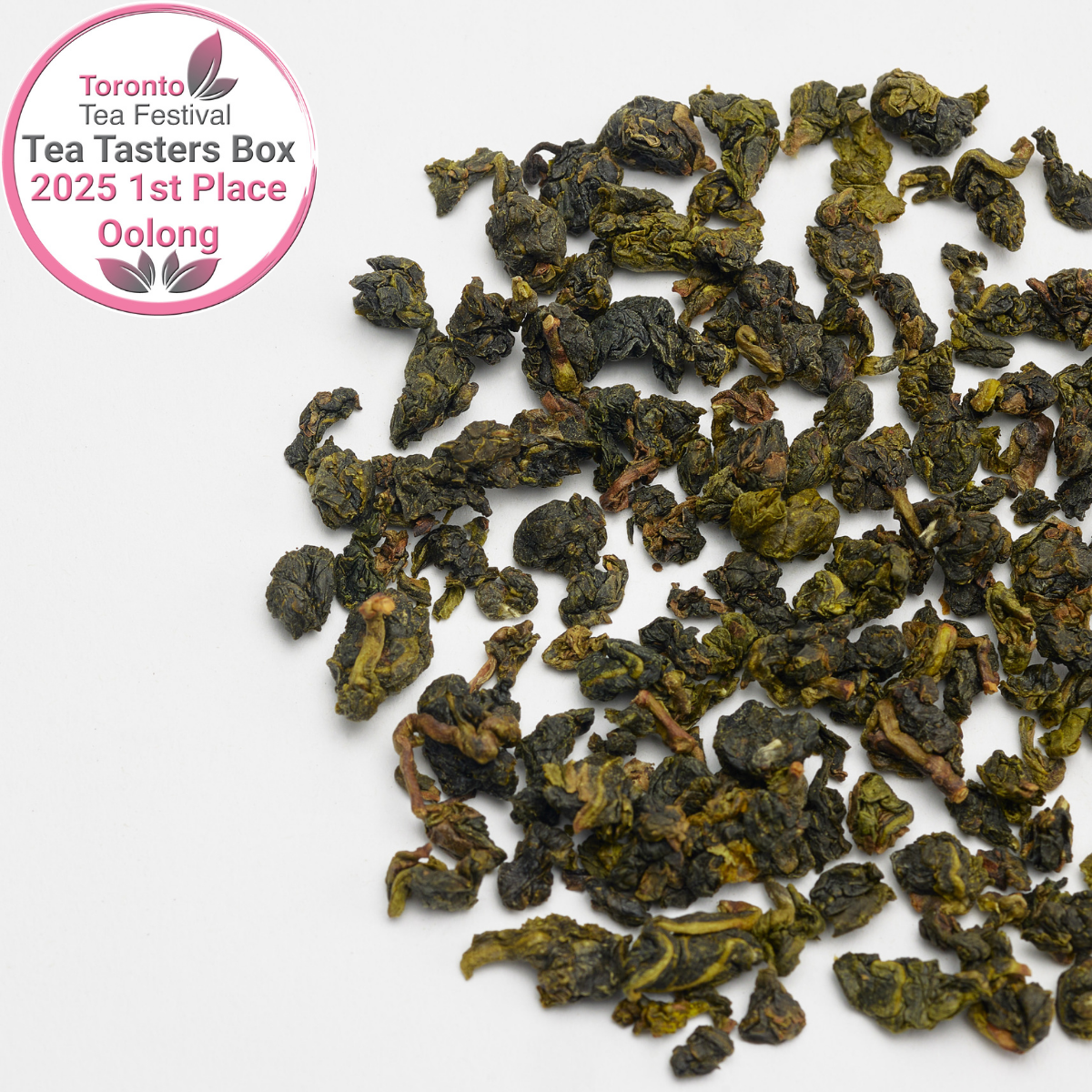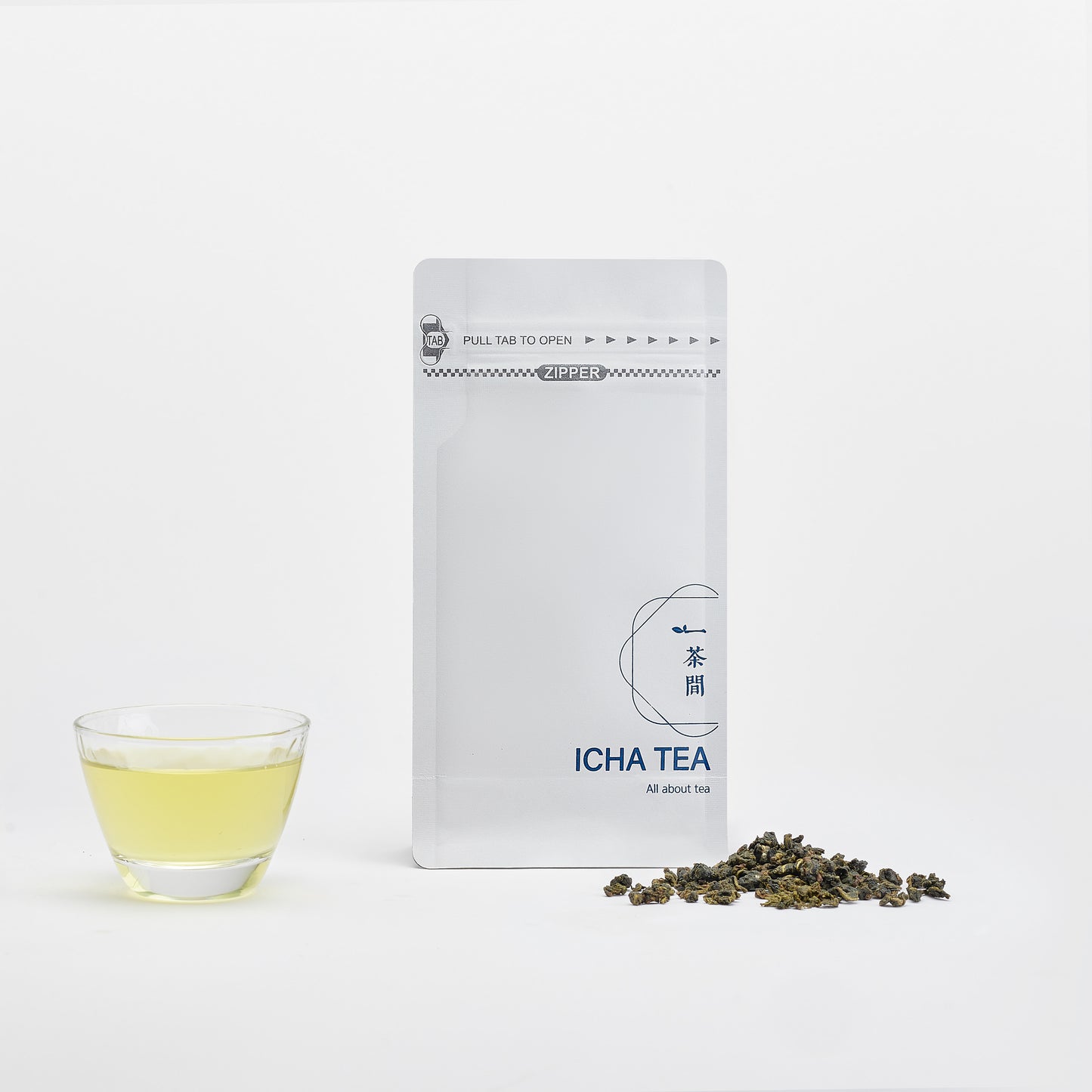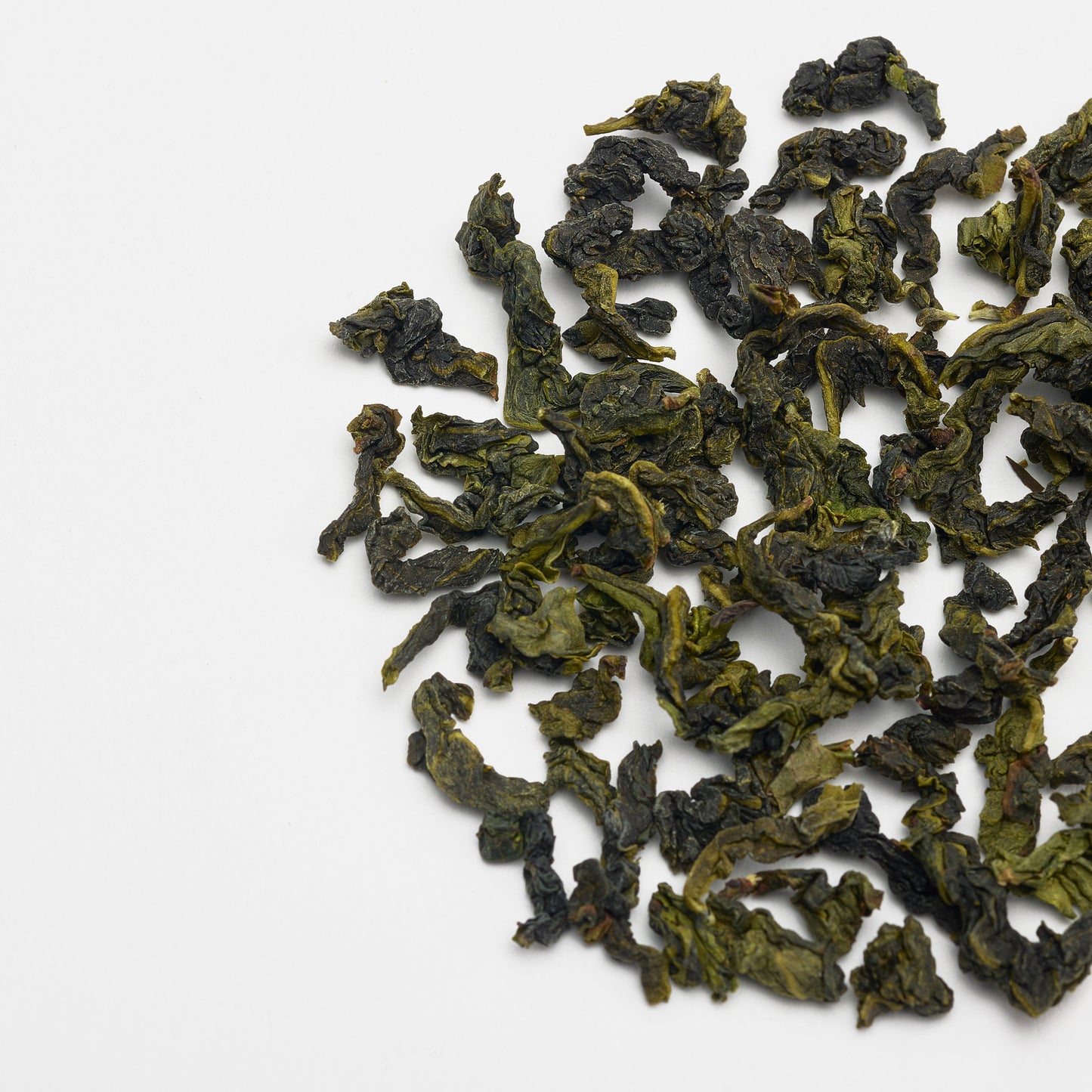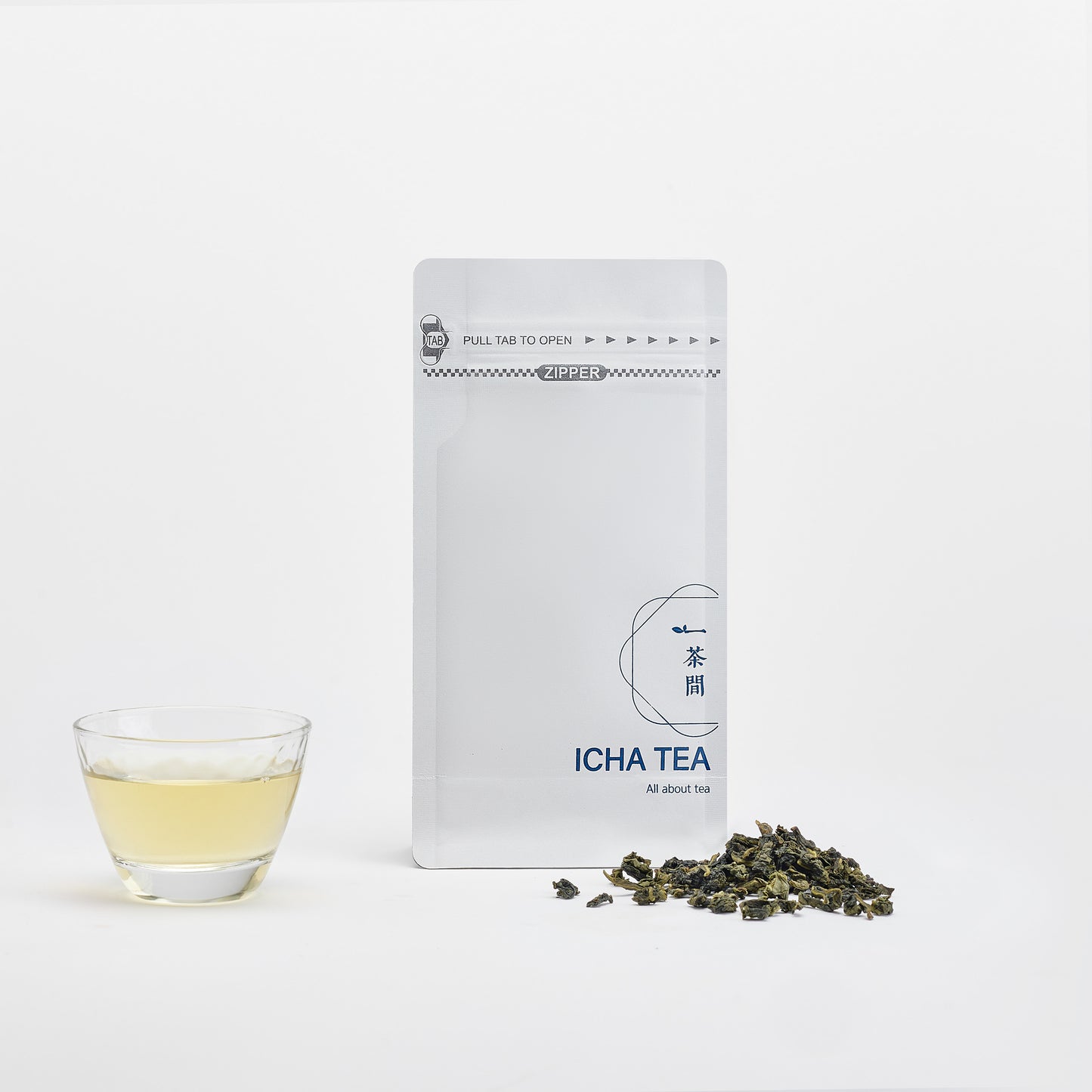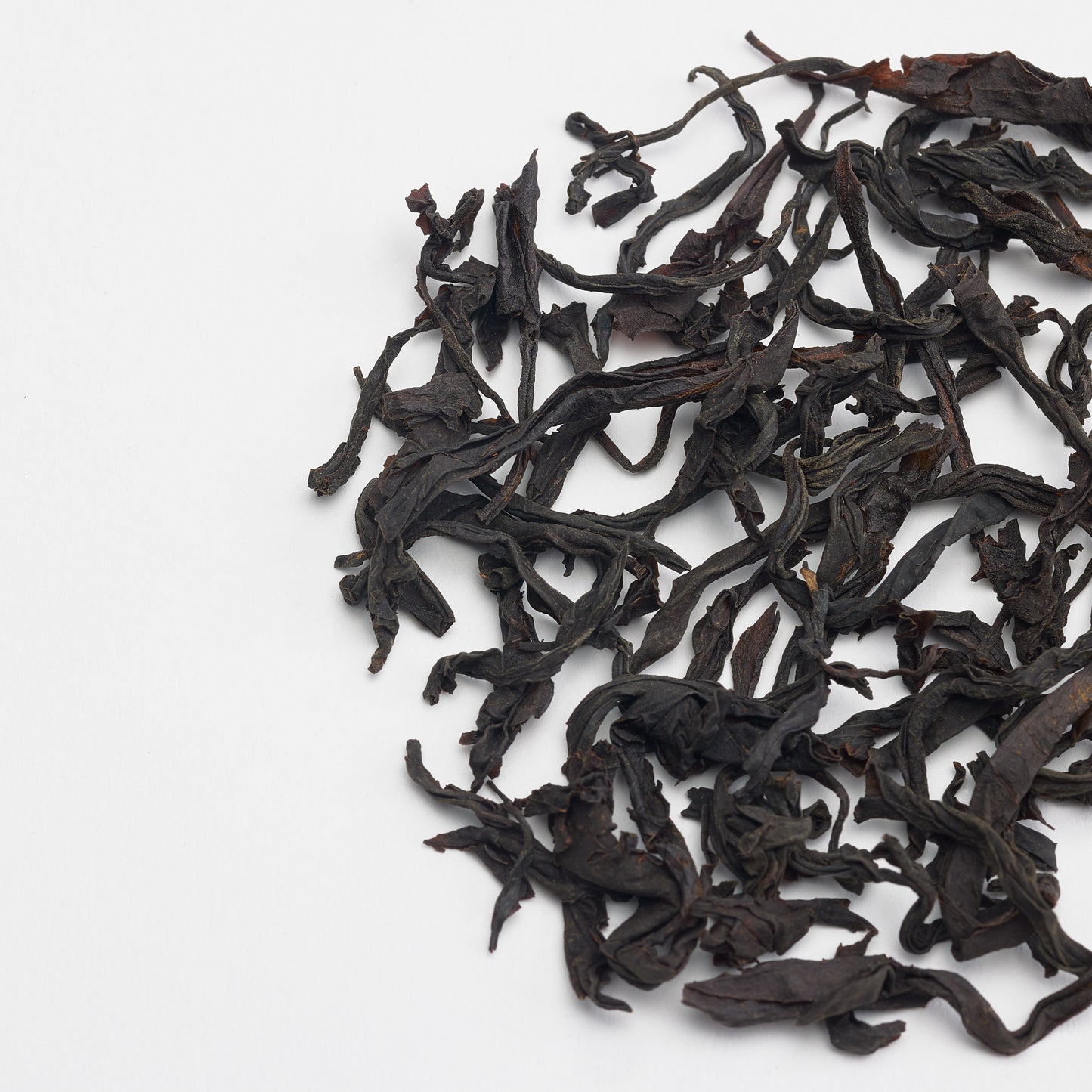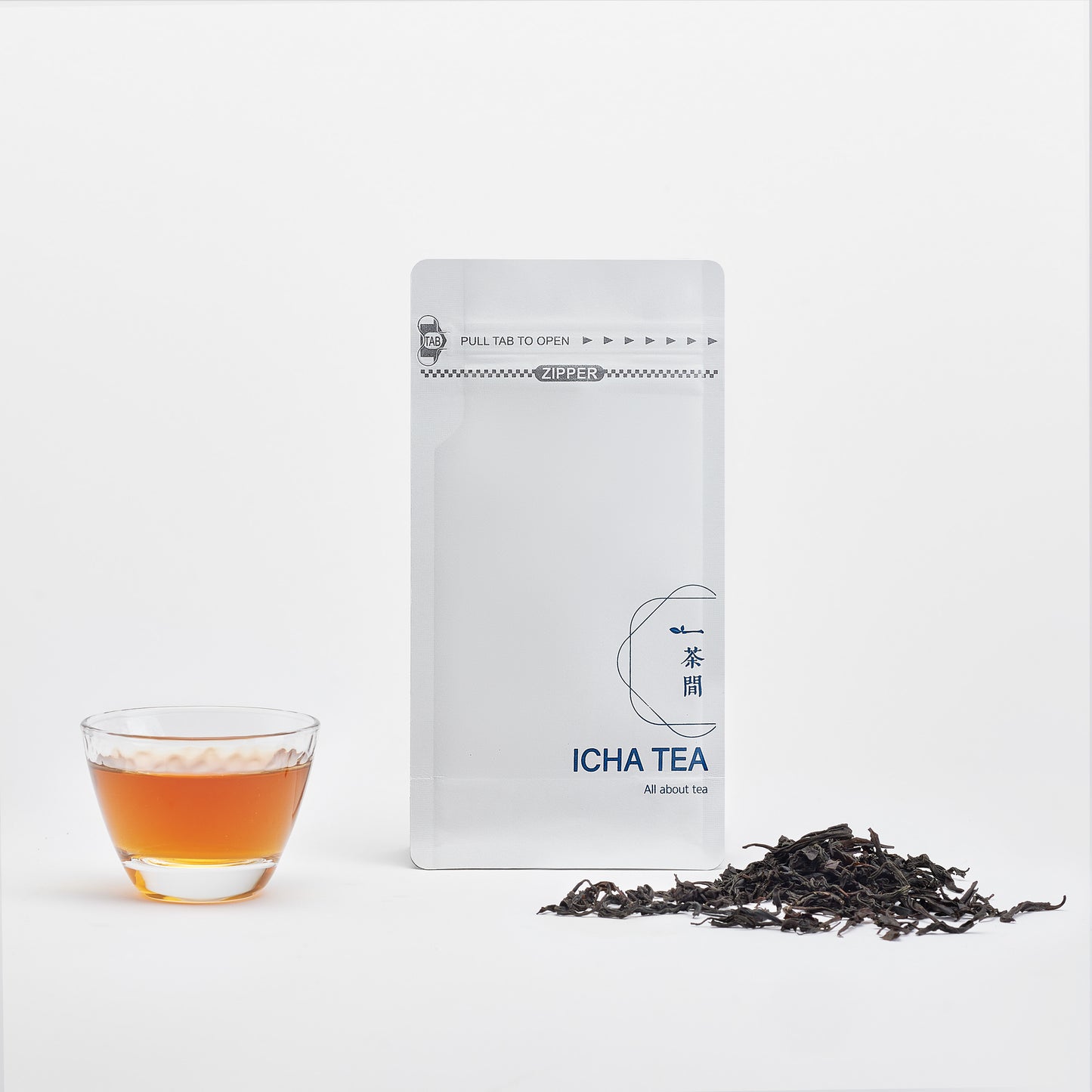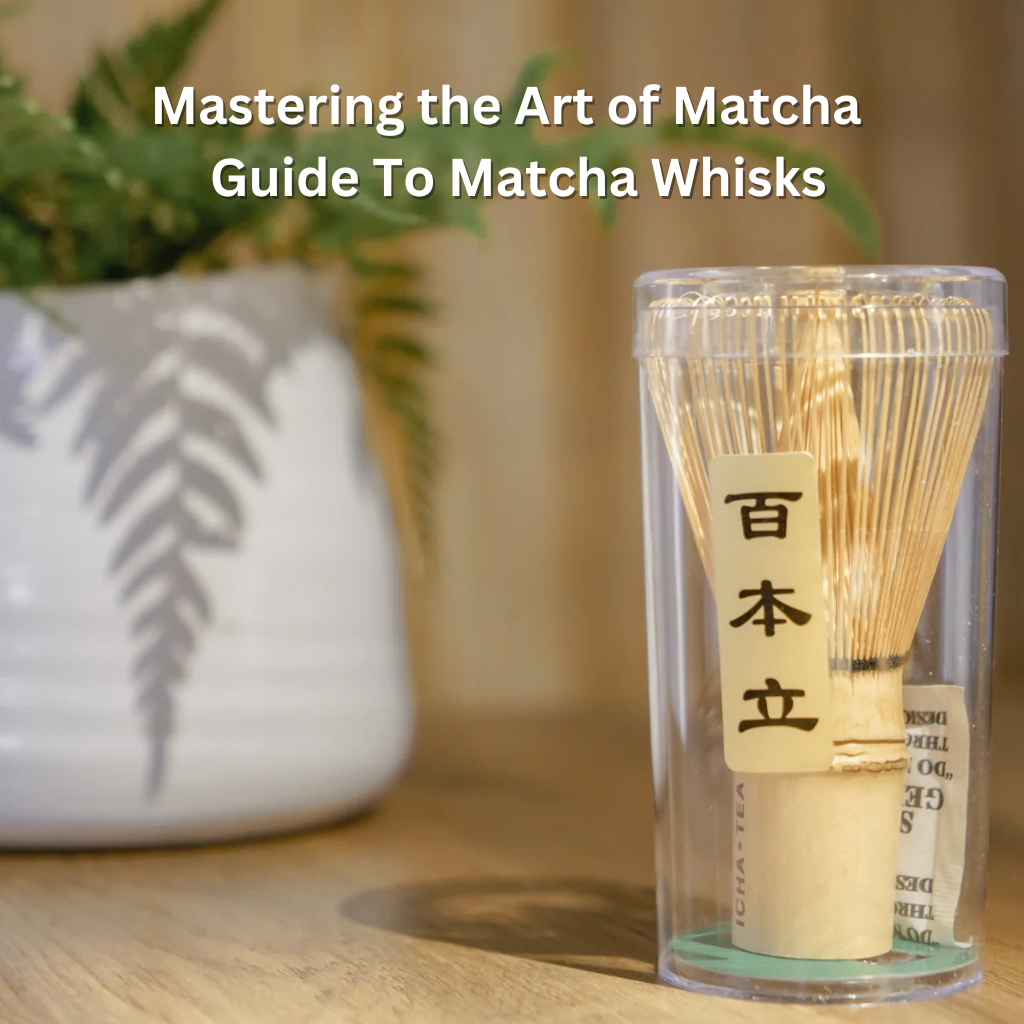
From Traditional to Modern Tools
The vibrant green powder known as matcha has transformed from a traditional Japanese ceremonial tea into a global sensation. Whether in specialty cafés or home kitchens, matcha's distinctive preparation process requires specific tools—central among them, the matcha whisk. This seemingly simple bamboo tool carries centuries of tradition and plays a crucial role in creating the perfect frothy cup of matcha.
What is a Matcha Whisk (aka Chasen)?
The traditional matcha whisk, or "chasen" in Japanese, has been an essential tool in Japanese tea ceremonies for over 500 years. Handcrafted from a single piece of bamboo, these whisks feature numerous fine tines that are designed specifically to create the ideal frothy texture in matcha tea.
Traditional artisans create these whisks through a meticulous process. First, a section of bamboo is selected and cut. The upper portion is split into many fine strands, which are then curved and arranged into the characteristic whisk shape. These tines are what create the signature froth on properly prepared matcha.
The design is intentional—unlike metal or mechanical whisks, bamboo tines are gentle enough to break up clumps of matcha without scratching delicate tea bowls. The number of tines varies, with most whisks featuring between 80-120 prongs. This specific design allows for optimal aeration and emulsification of the matcha powder with water.
Types of Matcha Whisks
While traditional bamboo whisks remain the gold standard, modern alternatives have emerged to meet different needs:
- Traditional Bamboo Whisks (Chasen): Hand-carved from a single piece of bamboo, these authentic whisks come in various prong counts. More prongs generally create finer froth but are more delicate.
- Silicone Matcha Whisks: Modern alternatives designed for durability and easy cleaning. While convenient, many matcha purists feel they don't create the same quality of froth as bamboo.
- Prong Variations: Whisks with 80 prongs work well for thicker koicha (thick matcha), while 100+ prong whisks excel at creating fine foam for usucha (thin matcha).
- Regional Styles: Different regions in Japan produce whisks with subtle variations. Takayama whisks from Nara Prefecture are particularly renowned for their craftsmanship.
(Check out the amazing health benefits of matcha tea with our complete guide)
The Complete Matcha Whisk Set
A proper matcha preparation set extends beyond just the whisk. Traditional sets include several complementary tools that work together to create the perfect matcha experience.

The chawan (matcha bowl) is specially designed with a wide, deep profile that allows enough space for proper whisking motion. These bowls are typically ceramic, with shapes that facilitate both the whisking process and the enjoyment of the tea.
Equally important is the kusenaoshi, or whisk holder. This small ceramic stand helps maintain the whisk's shape when not in use. By keeping the delicate tines elevated, it prevents warping and extends the life of your bamboo whisk significantly.
Many complete sets also include a chashaku (bamboo scoop) for measuring matcha powder and a fine-mesh sifter to ensure clump-free preparation. These elements work together in harmony, each serving a specific purpose in the ritual of matcha preparation.
Choosing the Right Matcha Bowl and Whisk Combination
The relationship between your matcha bowl and whisk is crucial for optimal results. The bowl should be wide enough to allow free movement of the whisk without touching the sides. Traditional bowls are typically 4-5 inches in diameter and 3 inches deep.
Seasonal considerations also influence your choice. Wider, shallower bowls work well in summer as they allow tea to cool more quickly, while deeper, narrower bowls retain heat better for winter use.
The aesthetic harmony between bowl and whisk matters in traditional preparation. Many practitioners select tools that complement each other visually while maintaining their functional relationship.
How to Use a Matcha Whisk Properly
Achieving that perfect creamy froth requires proper technique. Begin by warming your matcha bowl with hot water, then emptying it. Add 1-2 teaspoons of matcha powder (depending on your preferred strength) and a small amount of hot water (around 2 ounces at 175-180°F).

Hold the whisk vertically with your thumb and first three fingers. The motion should come from your wrist, not your arm. Whisk in a brisk "W" or "M" motion, not in circles. This zigzag pattern creates the necessary turbulence to produce fine bubbles.
Continue for about 15-20 seconds until you achieve a smooth, frothy consistency with no visible clumps. The surface should display fine bubbles rather than large ones, indicating proper emulsification.
Common mistakes include circular whisking (which creates large, unstable bubbles), applying too much pressure (which can damage both the whisk and bowl), and inconsistent motion (which results in uneven texture).
(Have you ever wondered if matcha tea promotes weight loss? So have we!)
Can You Make Matcha Without a Whisk?
While traditional preparation calls for a bamboo whisk, several alternatives exist for those without one:
- Small Electric Milk Frothers: These battery-powered devices can create decent froth, though the texture may differ from traditional preparation.
- Blender Method: Adding matcha powder to a blender with warm water can produce acceptable results, especially useful when making larger quantities.
- Shaker Bottle: Similar to protein shakers, these can mix matcha effectively for on-the-go preparation.
- Mason Jar Technique: Add matcha and warm water to a mason jar, seal tightly, and shake vigorously until frothy.
These alternatives work best in casual settings or when traveling. For authentic preparation and the meditative aspects of matcha, the traditional whisk remains unmatched in both results and experience.
Is Matcha Made With a Whisk Better than Electric Frothers?
The traditional bamboo whisk creates distinctively different results compared to electric alternatives. Chasen whisks produce microfoam with extremely fine bubbles that create a smooth, creamy mouthfeel and integrate completely with the tea. The resulting texture feels sophisticated and consistent throughout the cup.
Electric frothers generate larger bubbles that separate more quickly from the liquid, with foam sitting more distinctly on top rather than being fully incorporated. Many connoisseurs note that mechanical frothing fails to deliver the same sensory experience.
Beyond texture, the manual whisking process encourages mindfulness—a central aspect of matcha's ceremonial role. However, electric frothers offer convenience, especially for daily preparation or multiple servings.
For authentic matcha experiences, the bamboo whisk remains superior. For practical daily use, electric options have their place.
Caring for Your Matcha Whisk
Proper maintenance extends the life of your bamboo whisk considerably. Immediately after use, rinse the whisk in warm (not hot) water. Never use soap, as it can penetrate the bamboo and affect future tea preparation. Gently tap the whisk against the side of the bowl to remove excess water.
Place the clean, damp whisk on its holder to maintain its shape while drying. This step is crucial—allowing the whisk to dry flat will cause the tines to warp and reduce its effectiveness. Store in a well-ventilated area away from direct sunlight.
With proper care, a quality bamboo whisk should last 3-6 months with regular use. Signs it's time for replacement include broken tines, persistent discoloration, or diminished ability to create froth.
Troubleshooting Common Matcha Whisk Issues
- Bent or Broken Tines: Minor bending can sometimes be corrected by soaking the whisk in warm water and then placing it on its holder. Significantly damaged whisks should be replaced.
- Mold Prevention: Always dry thoroughly after use. If you spot early mold, soak briefly in a solution of 1:3 white vinegar and water, then rinse thoroughly and dry completely.
- Dried Out Whisks: If your whisk becomes stiff or brittle, soak it in warm water for 5-10 minutes before use to restore flexibility.
- Misshapen Whisks: Revive by soaking in warm water for 2-3 minutes, then gently reshape with your fingers before placing on a proper whisk holder.
Where to Buy Quality Matcha Whisks
When selecting a matcha whisk, consider both craftsmanship and authenticity. ICHA TEA offers golden bamboo matcha whisks handcrafted according to traditional methods. Their whisks feature the ideal balance of flexibility and durability, with properly arranged tines for optimal frothing.
Quality matcha whisks typically range from $15-$30, with artisanal or specialty versions commanding higher prices. The investment is worthwhile—a properly crafted whisk creates significantly better texture and requires less effort than lower-quality alternatives.
Look for whisks with uniform tine distribution and smooth, splinter-free bamboo. The colour should be consistent, and the handle should feel comfortable in your hand. Avoid whisks with irregular patterns or those that feel overly stiff or brittle.
Frequently Asked Questions About Matcha Whisks:
How to brew matcha without a whisk? While a bamboo whisk creates the ideal texture, alternatives include small electric frothers, blenders, or the shake method using a tightly sealed jar. For best results without a traditional whisk, try sifting the matcha first to remove clumps.
Bamboo vs. silicone matcha whisks—which is better? Bamboo whisks create finer foam and are traditional, but require careful maintenance. Silicone whisks are more durable and easier to clean but may not produce the same quality of froth. For an authentic matcha experience, bamboo remains superior.
How to clean a matcha whisk properly? Rinse with warm water immediately after use—never use soap or detergents. Gently tap excess water away, then place it on a proper whisk holder to maintain shape while drying. Never soak for extended periods or use dishwashers.
How long does a matcha whisk last? With proper care, expect 3-6 months of regular use from a quality bamboo whisk. Factors affecting longevity include frequency of use, proper drying practices, and storage conditions.
Matcha Whisks Are More Than Just A Tool...
The matcha whisk represents more than just a tool—it embodies centuries of tradition and mindful preparation. While modern alternatives offer convenience, the authentic experience of preparing matcha with a bamboo chasen connects us to a rich cultural heritage while producing superior results.
Whether you're new to matcha or a seasoned enthusiast, investing in a quality whisk and learning proper technique transforms ordinary preparation into a mindful ritual. The distinctive, creamy froth achieved through traditional whisking is not merely aesthetic—it creates the perfect marriage of flavour, aroma, and texture that defines truly exceptional matcha.


